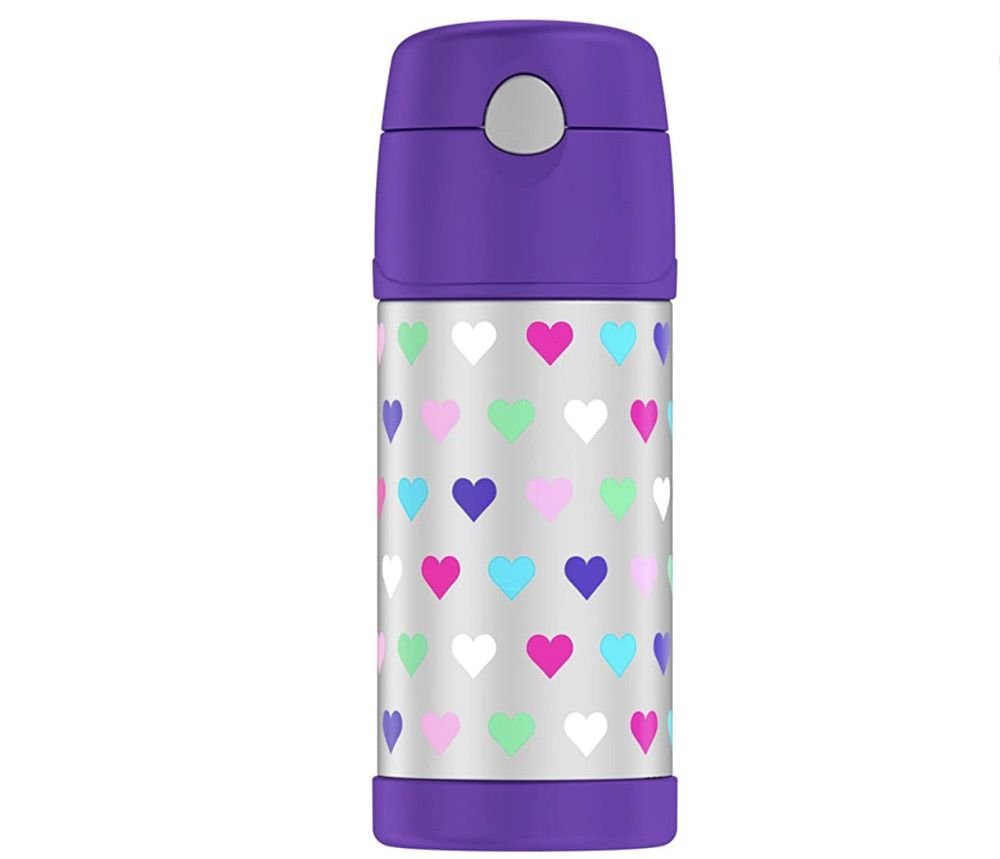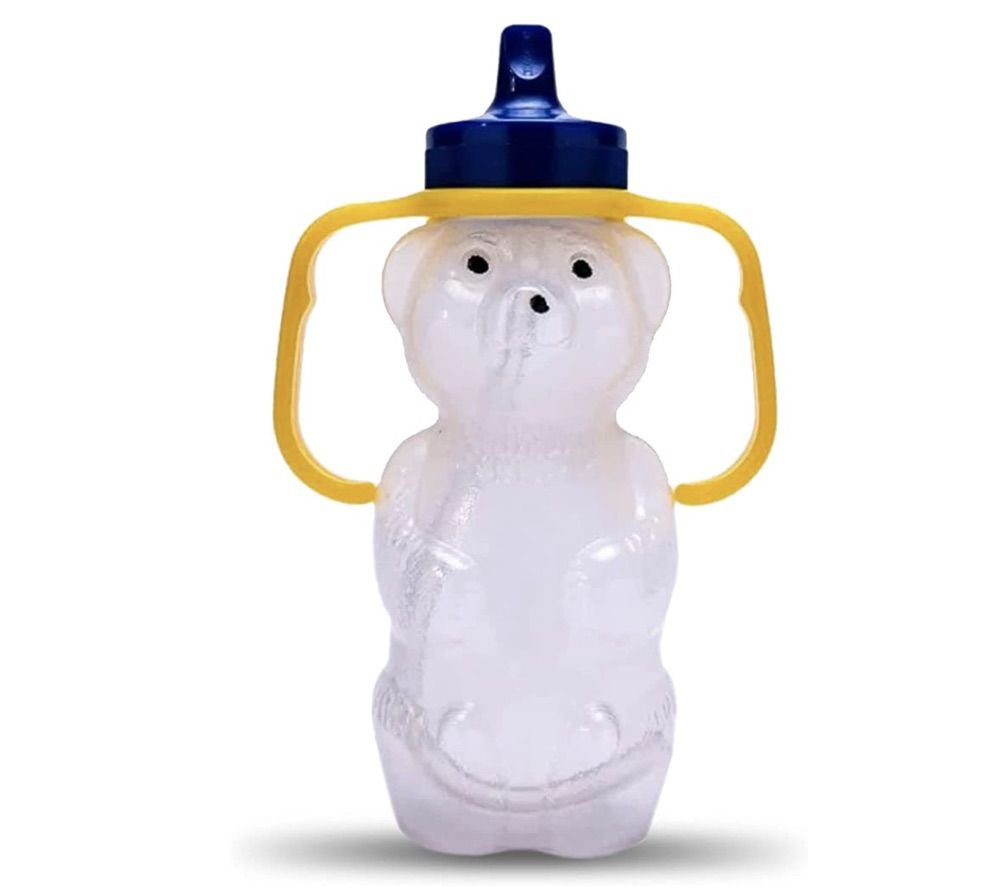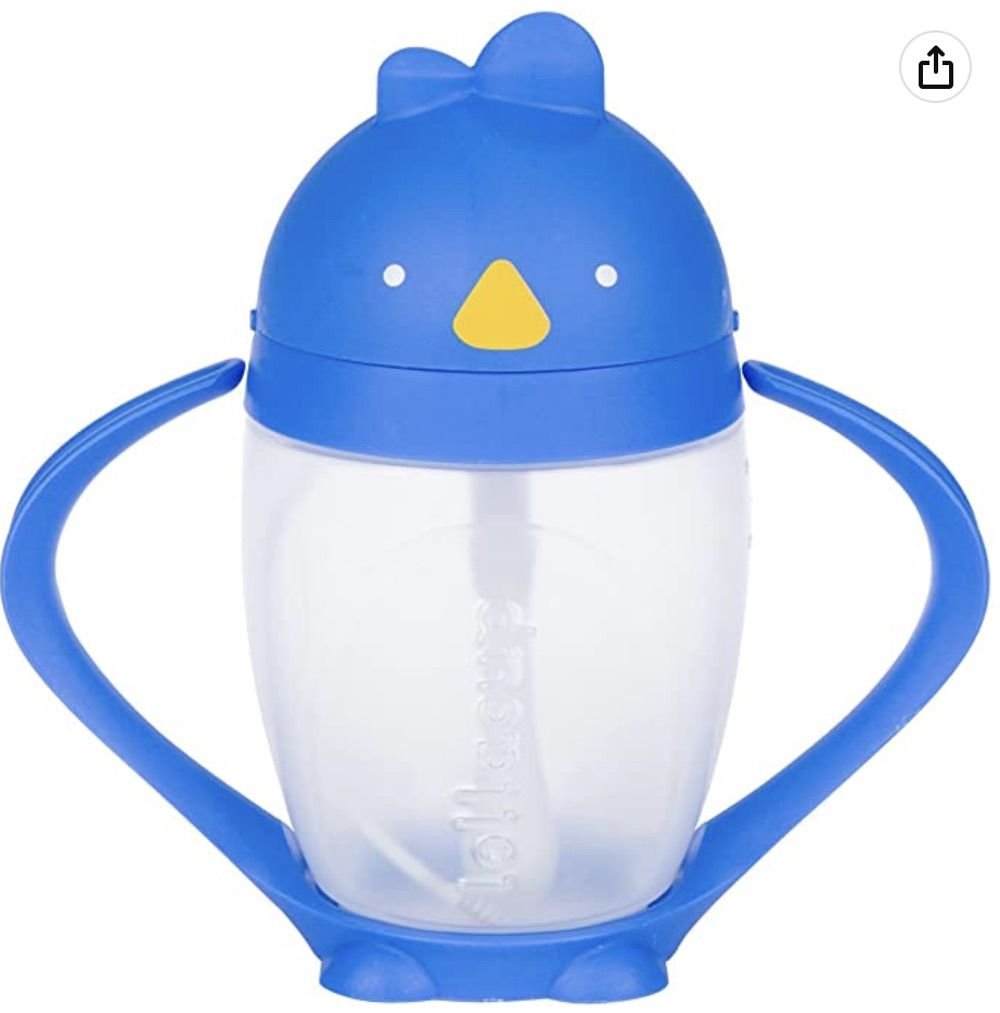Ah, sippy cups. Who wouldn’t love a cup that prevents spills and stains everywhere you go? An SLP, that’s who! While convenient, these cups are not the best choice for a child’s speech, feeding, and oral development. Throughout recent years, sippy cups have been marketed as the necessary “next step” following bottle use. However, there are no known developmental benefits to introducing a sippy cup. Even further, the marketed information fails to include the negative impact that they may have on development.
Sippy Cups 101
A sippy cup is defined as “a cup that has a detachable lid with a projecting hole designed to help a young child sip liquid from the cup without spilling it.” These cups can include a glass or plastic bottom with a hard-spout, which the child sucks on to retrieve liquid from the cup.
Why should we skip the Sippy Cup?
Changes the swallow pattern to a less mature swallow
Breastfeeding, bottle feeding, sippy cup drinking, straw drinking and open cup drinking are not all created equal! During the first year of life, a baby utilizes an immature swallow pattern when breast or bottle feeding. This swallow pattern uses an anterior-posterior tongue movement to move liquid to the back of their mouth. Around age 1, the swallow pattern should shift to a more mature pattern. This new, mature swallow pattern includes tongue elevation to the bumpy gum line behind the front teeth (also known as the alveolar ridge) and employs a wave-like motion to move food and liquid.
A hard spout can impact the development of this mature swallow pattern, as it physically blocks the tongue from appropriate placement during a swallow. Because the hard spout rests on the anterior portion (the tip) of the tongue, the tongue is not able to elevate. An immature swallow pattern can make for messy mealtimes, as chewing and swallowing foods can be difficult for the child.
Encourages a forward resting tongue position, or tongue thrust
As noted above, the tongue is typically placed on the floor, or bottom, of the oral cavity under the hard-spout sippy. By inhibiting tongue elevation, the tongue remains on the floor of the mouth. Prolonged use of a hard-spout may lead to continued use of an immature swallow pattern, or tongue thrust. This occurs when the tongue protrudes through the teeth while at rest, swallowing, and/or producing speech.
Encourages open mouth posture at rest
With consistent use of an immature swallow pattern, the tongue may rest low and forward in the child’s mouth, which can also impact the jaw musculature. This change in oral facial development and open mouth posture may lead to mouth breathing.
Impacts speech development due to a tongue thrust
Impacted oral structures and motor skills can directly impact a child’s speech sound development. A forward resting position may result in a frontal lisp. A frontal lisp occurs when the tongue is placed between the teeth for production of the /s/ and /z/ speech sounds. Tongue thrusts can also cause misarticulations with other sounds, such as /t, d, l, n/. Overall, the structure and function of a child’s oral development is the foundation for speech sound production.
Impacts teeth development and reduces appetite cues
With a forward tongue position and open mouth at rest, a child’s teeth and/or oral facial development may be impacted. This includes palate development and teeth positioning, such as an open bite. An open bite occurs when the upper and lower teeth do not come together when the mouth is closed.
In addition to these physical changes, a child may experience reduced appetite cues, as it may create “grazing” tendencies. Children love drinking milk and different types of juices throughout the day. However, these calorie dense liquids can keep their little bellies full! When mealtime comes, they might not even be hungry. The child may be consistently experiencing the sensation of being “full”; therefore impacting their appetite and body cues.
Other Cup Options
An open cup can be introduced at 6 months of age. Prior to introducing an open cup, a baby should be able to sit up independently. By 12 months of age, open cups should be introduced. That said, do not worry if a sippy cup has already been introduced! A baby can still be taught the new skill of drinking from an open cup. Open cups, cups without a spout (like the top of a coffee cup!) or straw cups are ideal!
Thermos Funtainer
Elk and Friends Stainless Steel Cups
with Silicone Sleeves & Straws
Honey Bear Drinking Cup
Ezpz Mini Cup
Take & Toss Straw Cups
Lollacup with Straw
The above includes OWLS Therapy Amazon Affiliate links.
The Munchkin Miracle 360 is not included in this approved list. The 360 cups are not ideal for oral motor development. In order to release liquid, the child must bite down. Therefore, these cups encourage improper drinking patterns.
While it may be messy at first, learning this valuable life skill is absolutely worth it. Be sure to follow for part 2, where we will provide ideas on teaching straw drinking and introducing an open cup!
Questions about your child’s speech, feeding or oral motor development? Contact us at info@owlstherapy.com or call (703) 470-6957 for a free phone consultation!
About the Author
Janene Besch
Director/Speech-Language Pathologist
Janene Besch, née Martin, holds a Master's degree in Speech Language and Hearing Sciences from San Diego State University and a Bachelor's degree in Psychology from the University of California at San Diego. Janene is a member of the American Academy of Private Practice in Speech Pathology
Read more >






















Welcome back to our last post in the series “Milestones: Navigating the Numbers”! This series was inspired by the updated American Speech-Language-Hearing Association’s (ASHA) Developmental Milestones. Read more on the expected speech, language, social-pragmatic, and feeding milestones expected by age 1, age 2, age 3 and age 4.